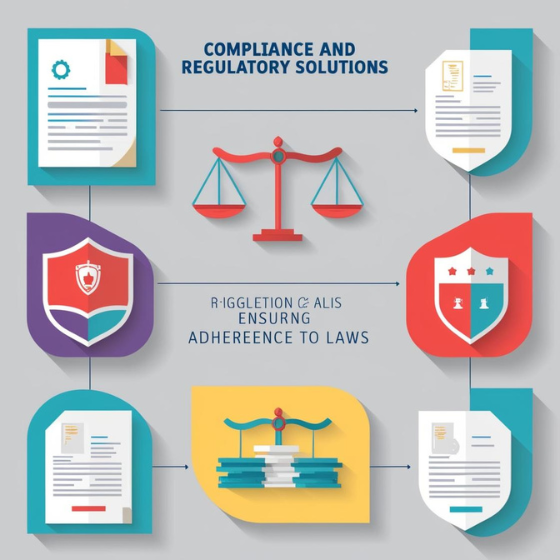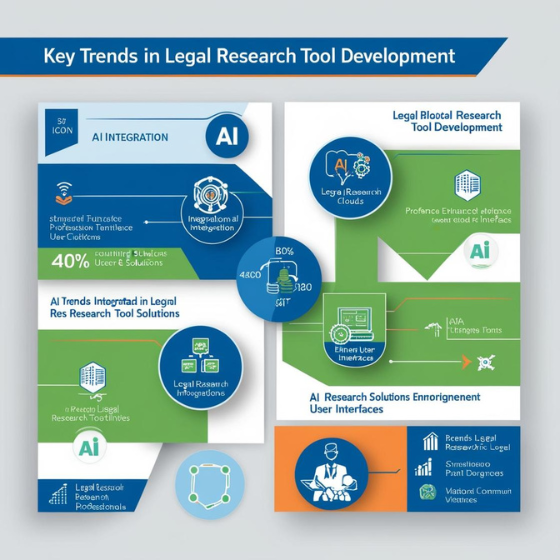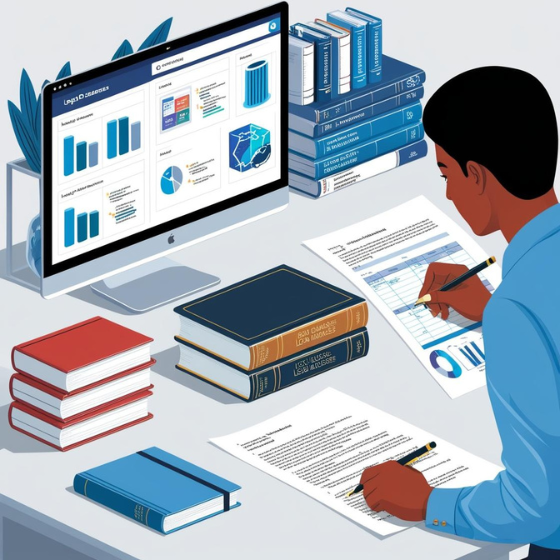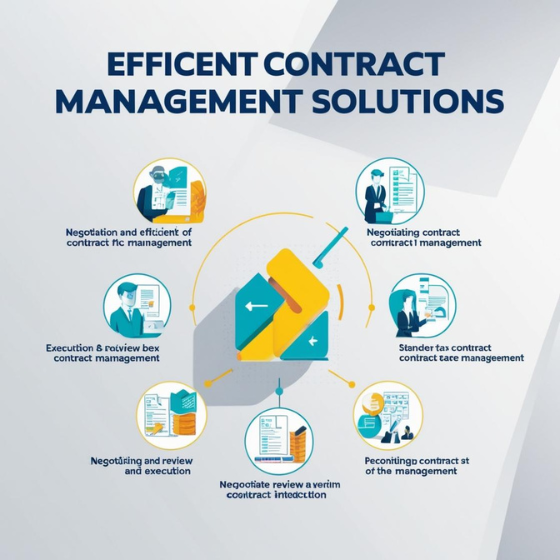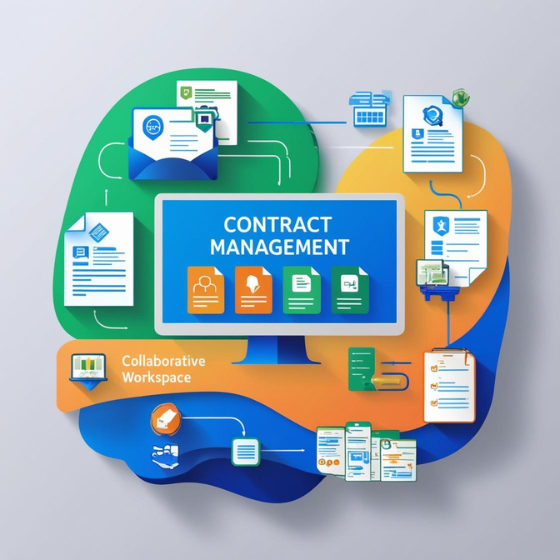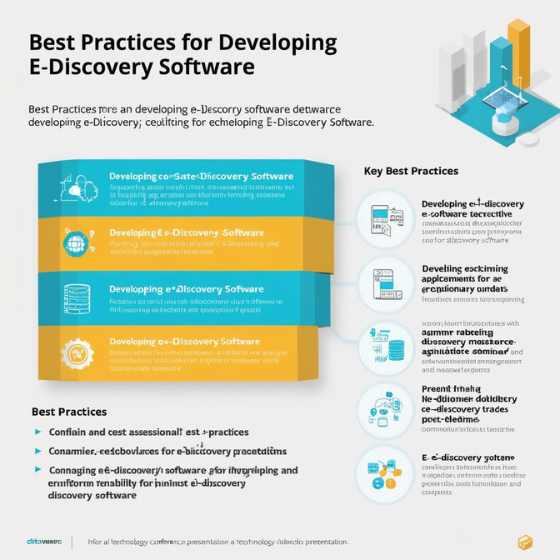Best Practices for Developing Compliance and Regulatory Solutions
In today’s business environment, compliance with ever-evolving laws and regulations is not just important—it’s critical. Companies across industries must ensure they meet legal standards to avoid penalties, maintain reputation, and operate smoothly. Developing effective compliance and regulatory solutions is crucial to achieving this goal. These solutions help organizations automate compliance tasks, reduce human error, and stay ahead of regulatory changes.
In this blog, we’ll dive into the best practices for creating compliance and regulatory solutions that are efficient, adaptable, and future-proof. By the end, you’ll gain valuable insights into how to build a robust compliance framework that ensures your business stays compliant without overburdening your team.
Why Compliance and Regulatory Solutions Matter
The importance of compliance and regulatory solutions cannot be overstated. These tools enable businesses to:
- Avoid legal penalties: Non-compliance can result in hefty fines and reputational damage. A comprehensive compliance solution helps mitigate these risks.
- Streamline processes: By automating regulatory tasks, companies can focus more on core business activities.
- Enhance decision-making: These solutions provide real-time data and reports, enabling better-informed decisions.
- Build trust: Consistent compliance shows your stakeholders that your business is committed to transparency and integrity.
Best Practices for Developing Effective Compliance and Regulatory Solutions
1. Understand the Regulatory Landscape
Before developing a solution, it’s essential to have a deep understanding of the regulatory landscape your business operates within. Different industries have different compliance requirements, and staying updated with evolving laws is key.
Action Steps:
- Conduct an industry-specific compliance audit to identify the regulations your business needs to follow.
- Monitor regulatory changes in your sector, including tax laws, data privacy laws (like GDPR), and environmental regulations.
- Engage legal experts or consultancies to understand upcoming legal changes and potential risks.
2. Focus on Automation
Automation is one of the most powerful tools in compliance and regulatory solutions. Manual tracking of compliance tasks is time-consuming and prone to errors. Automating processes allows businesses to streamline operations, reduce human error, and ensure timely compliance.
Action Steps:
- Use software that automates compliance tasks such as report generation, data tracking, and audit logs.
- Set up automated alerts for regulatory changes or upcoming deadlines to ensure timely updates.
- Implement workflow automation to handle routine tasks like contract management, employee training, and policy updates.
3. Prioritize Data Security
Data protection is at the forefront of many regulatory requirements, especially with laws like GDPR and CCPA. Any compliance solution must be built with strong data security measures to ensure that sensitive information is protected from unauthorized access.
Action Steps:
- Use encryption to protect sensitive data both at rest and in transit.
- Implement multi-factor authentication and role-based access control to ensure only authorized users can access critical compliance data.
- Conduct regular security audits to identify and address vulnerabilities.
4. Design for Scalability
Compliance regulations can evolve over time, and businesses grow and change. As such, it’s important to develop compliance solutions that are scalable. A scalable system can accommodate growth, integrate with new tools, and adapt to changing regulatory requirements without needing a complete overhaul.
Action Steps:
- Choose cloud-based solutions that can be easily scaled up or down depending on business needs.
- Design a flexible data architecture that allows for the addition of new compliance modules or features as needed.
- Keep a forward-thinking mindset by ensuring your compliance solution can adapt to future regulatory requirements.
5. Foster Cross-Department Collaboration
Compliance is not just the responsibility of one department—it affects multiple facets of an organization, from legal to IT, HR, and finance. To build an effective compliance and regulatory solution, it’s crucial to involve all relevant stakeholders in the development process.
Action Steps:
- Set up a compliance task force that includes representatives from key departments to ensure all perspectives are considered.
- Create clear communication channels between departments to ensure that compliance updates are shared and acted upon quickly.
- Regularly hold training sessions and workshops to ensure that all teams understand their roles in the compliance process.
6. Provide Real-Time Monitoring and Reporting
One of the most important aspects of compliance is ensuring that it’s being maintained consistently. Real-time monitoring and reporting enable businesses to spot potential issues early and take corrective action before they lead to problems.
Action Steps:
- Implement real-time monitoring to track compliance performance across different business functions.
- Use dashboards to provide real-time insights into compliance status, highlighting areas that may need attention.
- Generate automated reports for internal or external audits, ensuring transparency and accountability in your compliance processes.
7. Embrace User-Centric Design
Compliance tools are often seen as cumbersome and difficult to use, which can reduce their effectiveness. By focusing on creating user-friendly solutions, organizations can ensure that their teams are more likely to engage with the tool and use it effectively.
Action Steps:
- Design interfaces that are intuitive and easy to navigate, so users can quickly access the information they need.
- Incorporate features like drag-and-drop functionality, search filters, and automated recommendations to improve the user experience.
- Continuously gather user feedback to identify pain points and areas for improvement.
8. Ensure Compliance with International Standards
If your business operates internationally, it’s crucial to ensure that your compliance solution meets the legal requirements of each country or region you operate in. Many countries have unique regulations, especially related to data privacy and security.
Action Steps:
- Implement global compliance frameworks that can address international regulations, such as GDPR in the EU or CCPA in California.
- Ensure that your compliance system is capable of managing multilingual data and supports multiple currencies and jurisdictions.
- Stay up-to-date with international regulations by subscribing to compliance newsletters or consulting with international legal experts.
Conclusion: Building Robust Compliance and Regulatory Solutions
Developing effective compliance and regulatory solutions requires a deep understanding of regulations, a focus on automation and data security, scalability, and cross-department collaboration. By following the best practices outlined in this blog, you can build solutions that not only help your business remain compliant but also streamline operations and reduce risk.
As regulations continue to evolve, businesses must stay agile and proactive in adapting their compliance strategies. If you need expert guidance on building a tailored compliance solution for your organization, contact Sodio. Our team of experts can help design a system that fits your unique needs and ensures that you’re always one step ahead in meeting regulatory requirements.

